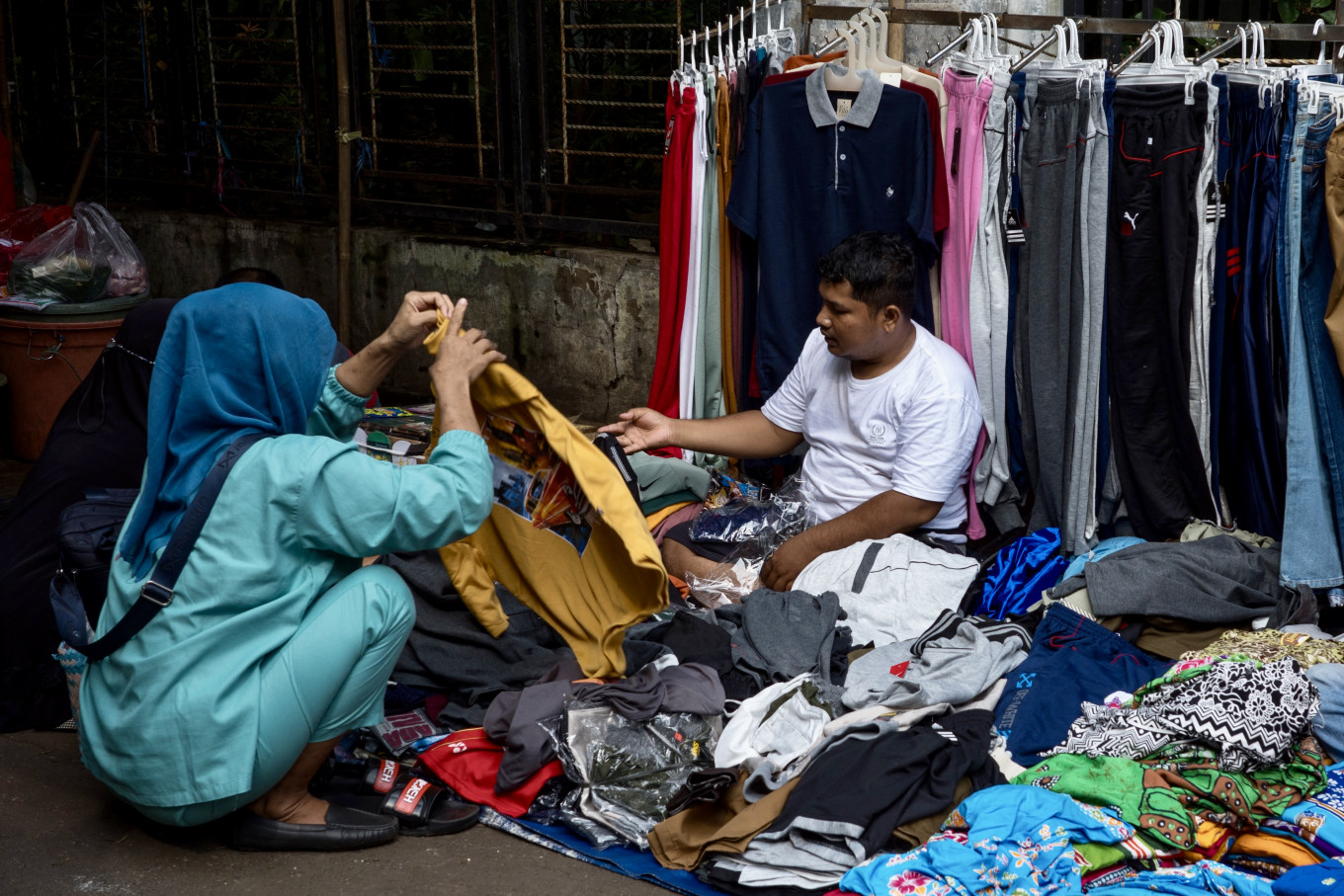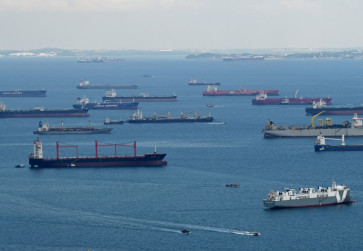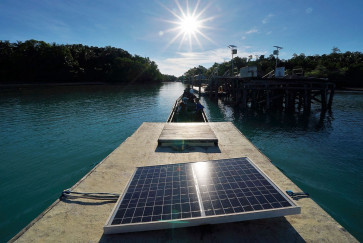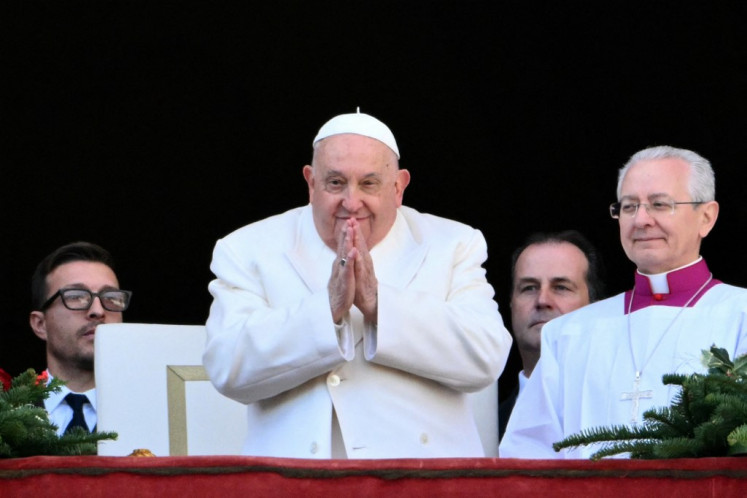Popular Reads
Top Results
Can't find what you're looking for?
View all search resultsPopular Reads
Top Results
Can't find what you're looking for?
View all search resultsA startling GDP report
Many would characterize the current state of our economy as neither normal, nor healthy.
Change text size
Gift Premium Articles
to Anyone
A
n economic recovery was not expected to materialize before the second half of the year, so many were surprised when data last week showed gross domestic product (GDP) growth accelerating to a rate of 5.12 percent in the second quarter.
Numerous economists had forecast a further slowdown in the second quarter after a disappointing first.
The government, however, had pointed to the second quarter as the one to watch after deep cuts to ministerial budgets and other government spending pushed GDP growth down to 4.87 percent year-on-year (yoy) in the January to March period.
It will now feel vindicated in that assessment, and its full-year target for economic growth of 5.2 percent in 2025 appears within reach, though much will also depend on the global environment, where the outlook is far from certain.
The latest reading is in line with GDP growth rates Indonesia has become accustomed to, with 5 percent, or a little more, considered normal and healthy for our emerging economy over the past two decades.
Yet many would characterize the current state of our economy as neither normal, nor healthy.
The gap between the official GDP reading and the impression on the ground may be explained in part by what factors are driving GDP.
According to Statistics Indonesia (BPS), public infrastructure projects and a government stimulus package to encourage household spending played major roles in supporting economic output in the second quarter.
Ideally, we would want more impulse to come from private sector investment and natural consumer spending that need not be incentivized through discounts, because, in a market-driven economy, those two factors reflect investor and consumer confidence respectively.
The state’s role would be focused on enabling conditions rather than directly driving demand through large-scale intervention.
An almost 7 percent yoy drop in foreign direct investment in the second quarter seems at odds with a healthy economy, even when taking into account a harsh global economic environment.
That said, if ever there was a time for the state to push investment and consumer spending, this is that time. There is nothing wrong with the government picking up the slack temporarily, as long as it remains fiscally sustainable.
Opinions will differ however, on whether economic growth achieved through such intervention still reflects a healthy economy.
So wide is the gap between analysts’ forecasts around 4.8 percent growth and the actual GDP report, that several experts have urged BPS to publish in greater detail how they arrived at the 5.12 percent figure for the second quarter.
Economists have pointed to several economic indicators that appear to be at odds with the GDP result, including the manufacturing Purchasing Managers’ Index (PMI), which was deep in contraction territory throughout the second quarter while the GDP data shows the manufacturing sector up 5.69 percent yoy.
BPS has defended its GDP report, pointing out the calculation follows an internationally standardized manual.
The BPS head also told this paper that one of the main drivers behind the growth was consumption during the Idul Fitri and Idul Adha holiday seasons as well as other religious collective leave days, like Waisak and Islamic New Year, totalling 40 days of holidays in the quarter and driving travel activity.
That sounds plausible, but a jump in gross fixed capital formation (GFCF), which reflects investment in fixed assets like buildings, machinery and equipment, to 6.99 percent yoy, has many wondering where exactly that investment went to.
The statistics agency says the most significant increase here was seen in machinery purchases, but for what machinery, and for which projects?
While such details are not customarily included in the published report, it would be a good idea to present more details in this case, given the wide gap between the report and public perceptions on the state of the economy.
There is a lot of stress across the country about job prospects and income, and knowing that investment is growing strongly, whether in the private or public sector, would be reassuring to many.











